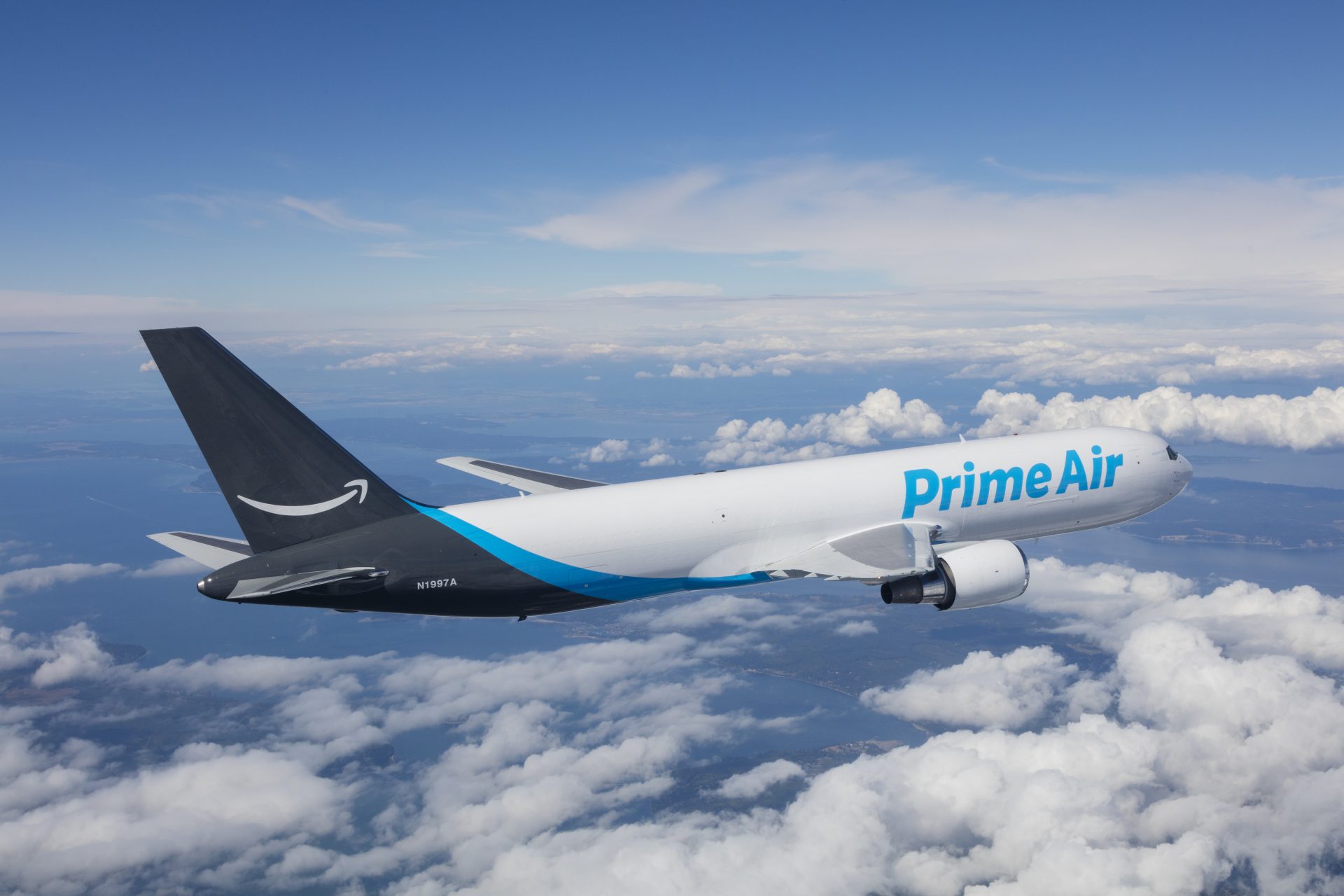According to a recent McKinsey report, consumer behavior has firmly moved toward online shopping in a time of Covid. The number of e-commerce deliveries that occurred in the last eight weeks are equal to the cumulative number of deliveries that occurred in the last ten years. Product offerings, inventory and high in-store customer service, three facets that previously determined a shop’s success, will be dwarfed by what all retailers will be measured against moving forward, that being online fulfillment.

According to Digital Commerce 360 Research, since COVID-19 hit, retailers have struggled with various areas of order processing from issues with sourcing products to new cleanliness restrictions and safety protocols implemented to help reduce the spread of the coronavirus. But the number one pain point remains fulfillment, mainly how fast can a retailer get a product to a customer and at what price?
According to the U.S. Commerce Department, online sales in Q2 2020 increased 44.4% year-over-year, and shipping carriers FedEx and UPS reported package volume increasing more than 50% in the same quarter. UPS reported in their Q2 2020 earnings report that average daily package volume is up 22.8% year-over-year, reaching 21.1 million packages per day. Per Day! Such massive growth in online sales means the retailer-of-the-future must respond by adjusting their fulfillment practices to include free shipping, faster delivery schedules and easier returns. The gold standard for fulfillment to which all retailers will be measured, is of course Amazon.
With stores closed due to Covid-19, more consumers, whether they wished to or not, headed online to shop with Amazon being the main destination. Between March 5 and March 31, total daily visits on Amazon.com increased 9.4% from the beginning of the month to the end of the month to 75.51 million visits, according to traffic data source SimilarWeb Inc. During the same period in 2019, traffic at Amazon remained steady at 69 million visits per month.
Since 2014 Amazon has spent 39 billion to build out its delivery network. That massive investment has enabled Amazon to deliver 2.3 billion parcels shipped to U.S. consumers in 2019 directly which represents 12.8% of total deliveries in the U.S. Amazon represents 22% of the 10.6 billion online retailer parcel deliveries last year in the U.S, making Amazon the fourth-largest U.S. shipping service, behind FedEx, UPS and the United Parcel Service. Shipping carriers FedEx and UPS reported package volume climbed about 20% year-over-year in Q2 2020, and the USPS posted a 50% increase. According to Digital Commerce 360, UPS delivered the highest percentage of on-time packages (62.5%), and at 15.4%, FedEx had the highest percentage of late packages.
Free shipping sells products. 60% of consumers said that as a result of being an Amazon Prime member, if the price for a product is the same on two websites, they will purchase from the retailer that ships faster and cheaper, invariably being Amazon. A further 58% of shoppers said they expect more products to be shipped for free at other, non-Amazon online retailers. According to Forbes, Amazon spends $40 billion yearly on shipping.

According to Digital Commerce 360, 71% of the Top 1000 US retailers offer some type of free shipping and of those that do, 44.7% offer free shipping with a minimum purchase. The median dollar amount that shoppers must purchase to receive free shipping is on average $50. Only 5.2% of the Top 1000 retailers offer same-day shipping and 50.9% of retailers offer paid or free next-day shipping.
In addition to free shipping and guaranteed delivery, many retailers have also added curbside pickup and shipping orders from stores to aid in same day “shipping,” while others have looked at alternative ways to fulfill online orders beyond the usual shipping carriers.
The majority of the above stats are a sliver of the data from the Digital Commerce 360 just-released 2020 Click, Ship & Return Report that reveals new insights into the fulfillment practices of online retailers. It also detailers what new procedures e-retailers have put into place since COVID-19 as well as the results of real-world tests on the fulfillment process of several online retailers.








